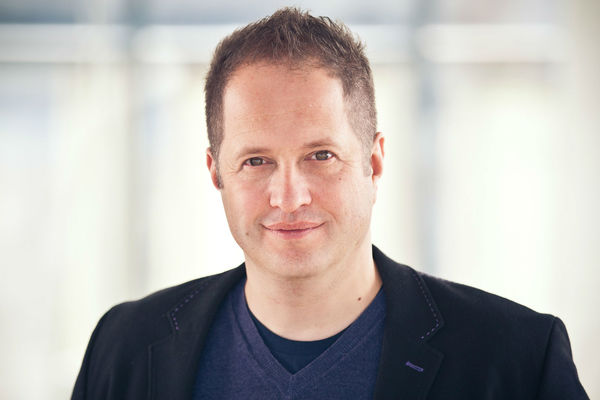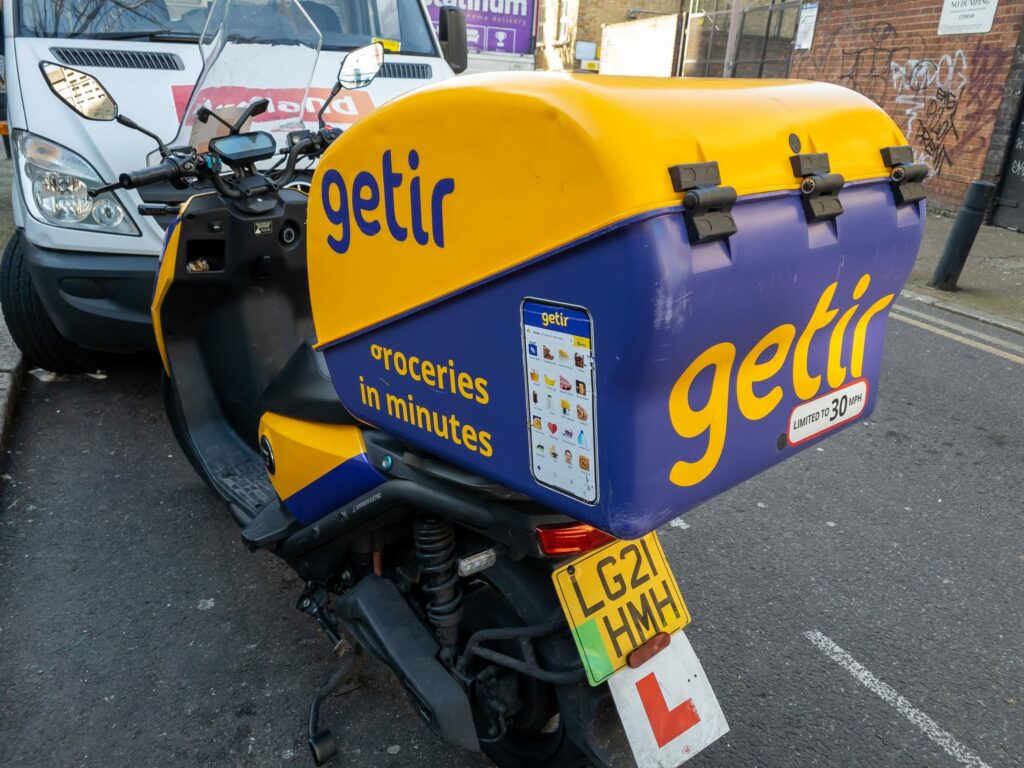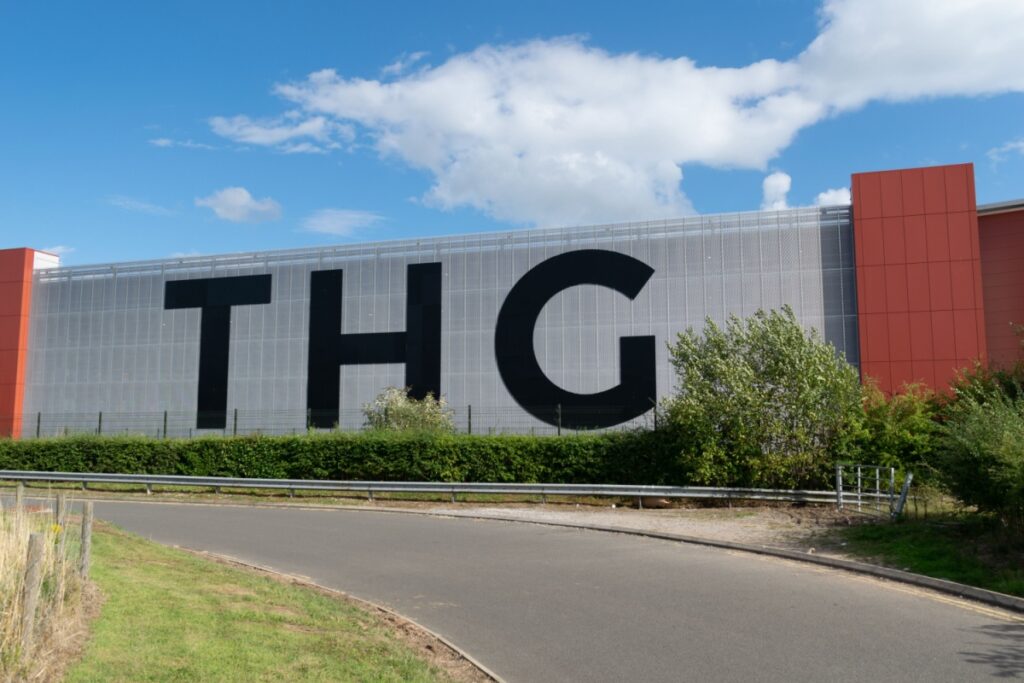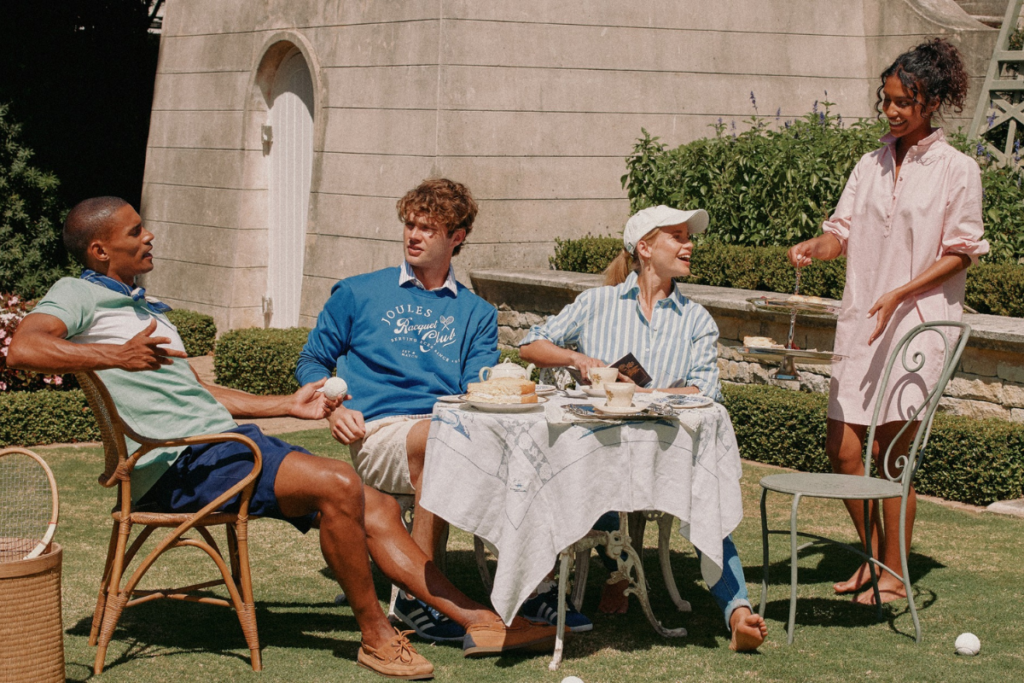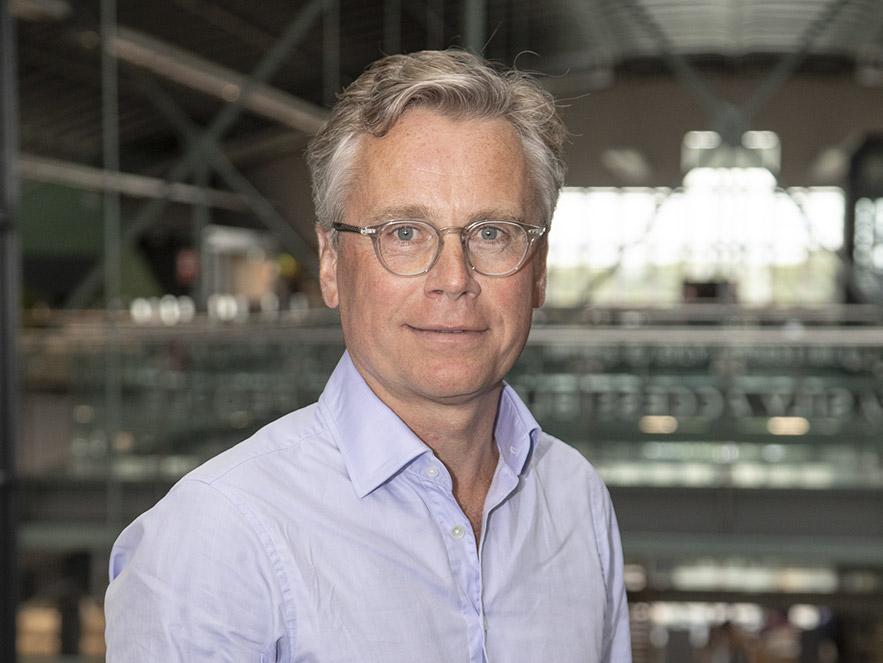Spreadshirt may be based in Leipzig, Germany, but these days it’s led by British man Philip Rooke as its chief executive.
Since it was established in 2001, it has grown to become one of the most complex online retail businesses – operating with different business models, and in 18 countries from the US to the UK and Austria to Australia.
This means Spreadshirt often hits border and legal constraints, global supply chain issues, technical problems and countless other issues.
However, with over 70,000 sellers using its platform and an average of four million customers – it makes all the challenges worthwile for Rooke.
____________________________________________
Tell us a bit about yourself and your background before Spreadshirt.
I am originally a country boy from Wiltshire. I started my career in newspapers and women‘s monthly magazines, where I held a variety of sales and business development positions. I went on to run prominent internet companies for Carlton Communications, Tesco and US retailer SkinStore.com.
What do you enjoy about retail?
Ecommerce gives me the opportunity to sell products that provide value. I also love the end-to-end complexity of retail – from the sales and marketing strategies, the trading process and onto the operations and supply chain issues. There are hundreds of challenges at every level.
How did you get to your current role as CEO of Spreadshirt?
I was introduced to the company through one of their investors. I originally joined in 2009, in charge of the sales and marketing departments, as well as the product team, and became CEO in 2011.
As CEO, I sadly do not get to spend as much time as I would like solving retail problems. My main responsibility is making sure everyone is aligned with the corporate strategy. This means ensuring management is organised to deliver our company goals, and that everyone is motivated to achieve them.
Click here to sign up to Retail Gazette’s free daily email newsletter
How has your previous experience aided your current job?
Five years at Tesco was like 10 years at a normal retailer. Tesco teaches you a lot about retail and how big-scale businesses operate. Much of what I learned during my time there is being applied now as we continue to upscale at Spreadshirt. Over the years I have also worked with some amazing directors and CEOs, from within the media and retail industries. I often find myself thinking “what would they do now?”
Explain Spreadshirt.
Spreadshirt lets anyone, from individuals to the biggest companies, create designs on merchandise to buy. They can put those ideas up for sale on our own or external marketplaces (eg Amazon and eBay) or via a free mini ecommerce shop.
In the 18 countries that we operate, we handle the entire transaction process – from printing and payment through to customer services – and then pass on the profits back to the idea maker. Using print-on-demand technology also means there are no minimum orders or upfront costs, so you can buy or sell just one item if you choose.
There are currently about 70,000 sellers placing ideas up for sale on up to 150 different products, and around four million website visitors.
Who are your main competitors in the industry?
Firstly, our main opposition in the market is a lack of awareness. A lot of consumers and companies still do not know what our technology can offer. Secondly, we still have to deal with a lot of off
RELATED STORIES


